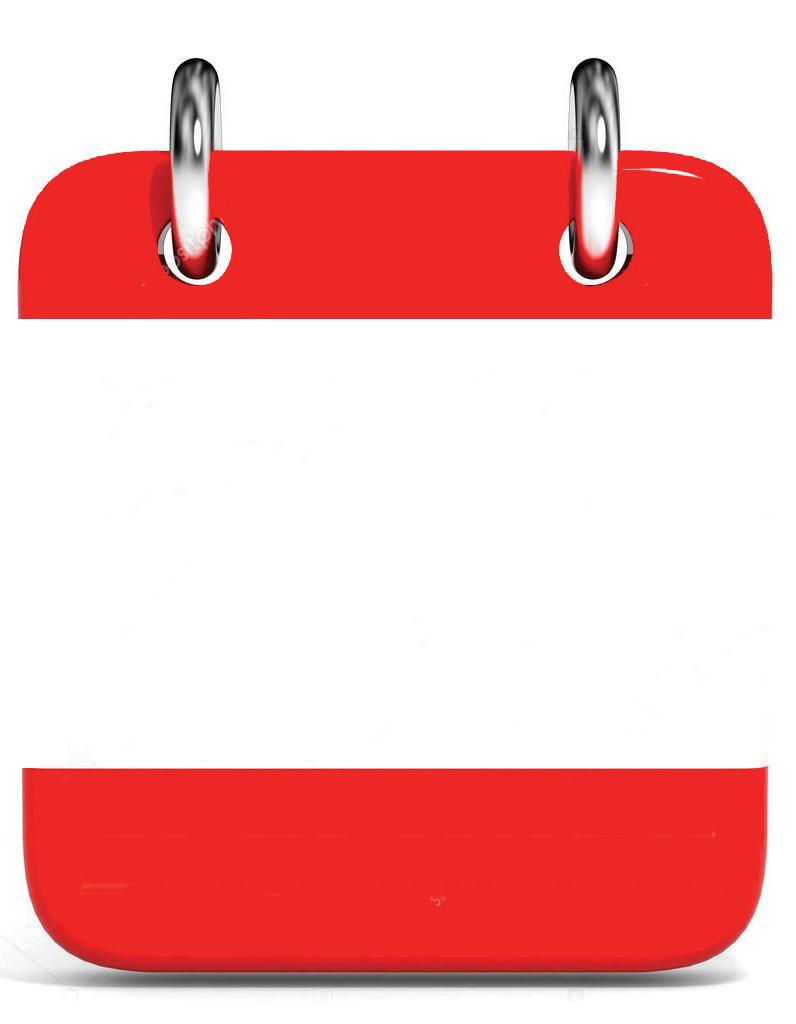
1 minute read
SHORTSTORIES
WHEN YOU REGRET SAVING A PATIENT A young boy was brought in who was so badly burned he was frightening to look at. Not to be gross, but as I changed his dressings, fingers would just fall off. His entire head was a horror mask. The contractures from scar tissue made his posture grotesque.

As if his medical situation alone wasn’t bad enough, his father was the one who had set him on fire. We all showered this boy with affection, but as for what he was going to look like when he would finally be able to be discharged...well, more than one of us nurses prayed that he would die quietly in his sleep.
More Americans have died on US roads since 2006 than in World Wars I & II combined
Everyone knows that the internet can sometimes be a bit on the addictive side. Whether it’s cat videos or the endless stream of “fails,” it’s easy to let huge chunks of time slip past surfing internet videos.
One of the more popular (and addictive) categories on YouTube is police chases. It is disturbing to view dozens of these, often from the viewpoint of police car dashcams, and see how many motorists don’t have a clue about how to respond to an emergency vehicle approaching them from behind. And this is not just a YouTube thing. Our roving Crash Course investigators see this all around the Augusta area on a regular basis.
Let’s say an ambulance is screaming down the highway, lights flashing, sirens blaring. Many drivers will promptly pull over to the right lane or shoulder as they should. But a surprising number — very often drivers in the left lane for some reason — simply stop right where they are.
Picture yourself as an ambulance driver. You’re barreling down the road expecting cars to respond to your emergency signals by moving over. When a vehicle doesn’t, you may need to take an unexpected evasive maneuver in your boxy, top-heavy vehicle. These things aren’t exactly built like a Ferrari. Will you have to veer into another lane? Slam on your brakes?
To make matters even worse, your cargo isn’t exactly secure. According to figures compiled by the National Highway Traffic Safety Administration (NHTSA) and ems.gov, in serious ambulance crashes, 84% of the EMS providers in the back were not restrained at the time of the crash. And only a third of patients were secured with both lateral (lap) and shoulder belts. In 44% of the serious crashes investigated by NHTSA, patients were ejected from the gurney. Nationwide there are about 4,500 crashes











